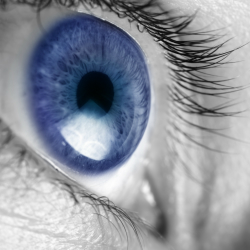What do I spy with my little eye?
There are many new high-tech systems and services that rely on recognising human actions and behaviour. As more automation and machine intelligence rely on human-machine interaction, it is important to advance this discipline and further its potential. One particular area of interest is understanding eye movements (i.e. where you're looking, what you're looking at or how you're looking) and getting intelligent machines to react accordingly. The EU-funded project 'Multimodal activity recognition for interactive environments' (MARIE) worked on advancing technology involved in recognising human eye activity. It successfully used eye movement patterns to capture user activity and intention and designed a new methodology for evaluating activity recognition performance. This included classifying eye movements that match each activity and mapping of movement sequences. The MARIE project partners developed and evaluated algorithms for assessing different eye movements and signals, including eye fixation and blinking, in different contexts and situations. Discerning different eye movements was successfully conducted while copying a text, reading a paper, taking notes, watching a video and browsing the Internet. The team was also able to understand when participants read something while in motion, such as when walking or riding a vehicle. The project published the results of its work, including a database of eye movements that can be used by other researchers. Several other sets of results were also published with several researchers having worked on the topic. The results were disseminated through different media and were well received by the research community, underlining the success of eye-based activity recognition. Furthermore, the MARIE project devised a comprehensive system of evaluation, including data comparison and error scoring, paving the way for more accurate and useful results in the future. This helped remedy significant drawbacks in how researchers measured and evaluated their progress in this area. By collaborating with over 30 leading researchers in the field, the project mapped how research can proceed in the future as well. The implications of this technology on many high-tech fields are tremendous, and may end up in applications within the field of security, medicine, transport and much more.







